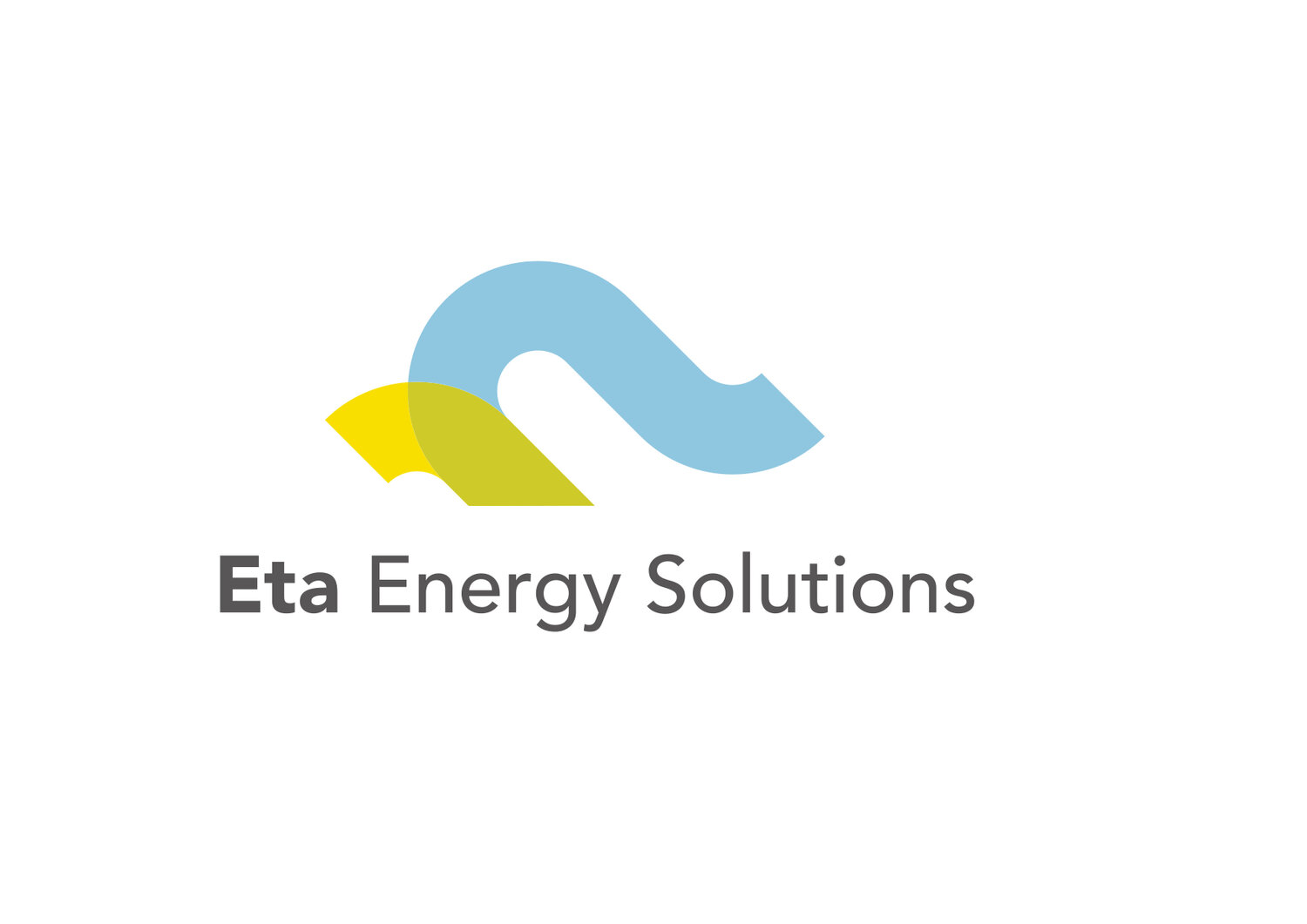7 Steps to Resolve Suboptimal Performance of Centrifugal Compressors - Part 2
Last week in Part 1, we explored the first three out of the seven steps which I recommend to resolve the suboptimal performance of centrifugal compressors in oil and gas service.
This week, in Part 2 we look at the remaining four of the seven steps. They are as follows:
4. Execute Operational Performance Analyses: There are two facets to this activity. One is to determine from data historians key trends or events from the operation of the gas compression equipment that provide clues or validate suspicions you have as to what the problem is. You can look at historical data leading up to key failures or trips to try and understand the reasons behind them. The other aspect of operation performance analysis is to map the in-service performance of the compression equipment (including mechanical drive gas turbine if used).
Here you want to understand its degradation in performance (if any) from as-installed or as-designed levels. This can be done using historical data or by physically carrying out a field performance test. The overall objective of carrying out operational performance analyses is to establish if there is any evidence in the way the compression equipment has been operating that has been contributing to its poor performance. You also want to establish if there were any particular incidents in history that have led to some unresolved damage of compressor internals resulting in performance degradations.
5. Determine Recommended Solution(s): This is where the real engineering skill and judgment of those involved come into play. It involves piecing together the evidence (like a skillful detective) from the preceding analysis and establishing the causes, effects, and likely solutions to the issues. Here, I would normally aim to offer a matrix of feasible solutions or phased implementation or road map of solutions.
Typically this will contain solutions ranging from the more easily implementable to the more challenging, from the least disruptive to the most disruptive, from the least expensive to the most expensive, etc. For each solution, it is important to indicate what the likely benefit and value will be – again this can be added to the solutions matrix from the least improvement to the highest improvements to be derived. Solutions can range from small operational/control philosophy changes to major modifications, wheels, and overhauls.
6. Test/Prove your Recommended Solution: Before a solution is adopted for implementation it has to be shown to work. In most cases, this can be done by rigorous modeling and simulation. In some cases, it can also be done by field trials with adequate safety and protective mechanisms in place beforehand. The proof that the recommended solution(s) work should be presented to all key stakeholders associated with the project or asset. This is necessary to give confidence to the project and management team before spending significant amounts of money and disrupting production.
7. Work Closely with Your Experts to Implement
Engineering Consultant: It is important to involve your engineering consultants as early as possible in order to derive maximum value from them. The reality is that most reputable consultants can do a good job of helping you execute the six preceding steps. Getting them involved early will ensure that at this stage, there is absolute clarity of what solution needs to be implemented and the confidence that it will work. The consultants can also act as owner engineers on your behalf during this implementation phase, liaising with the rest of the implementation team, providing technical assurance, and ensuring that the original objectives of the work are maintained throughout the implementation.
OEMs & Equipment Vendors: It is important to involve the OEM as soon as there begins to be some clarity regarding the likely solutions which may be implemented. According to the steps I have recommended, this will be around Step 5. The OEM initially will be able to provide indicative costs for the solutions you are considering and this can feed into your business case. Once the required solutions are defined, it is important to create an interface between your consultants and the OEM, ensuring that objectives and specifications are communicated clearly.
It is important to bear in mind that some solutions may require a long time to implement because they involve long-lead items. In addition, OEM order books can sometimes get quite busy, resulting in delays. As soon as the OEM is involved, it is best to get some indication early on as to the likely implementation schedule for the solutions you are considering.
Engineering Contractors: the contractor will liaise with all the OEMs and vendors involved to carry out any detailed engineering, procurement, and construction required in order to implement the recommended solutions. They need to be involved as early as possible once there begins to be some clarity regarding the implementation work scope.
Internal Teams: Your internal teams will be responsible for managing the entire process and will close with your consultants, especially at the early stages. It is important to have personnel from all the relevant disciplines and business or project functions involved early in the process to ensure the buy-in of all concerned. This should also include offshore personnel where applicable.

